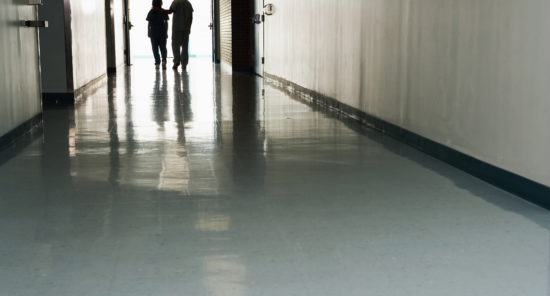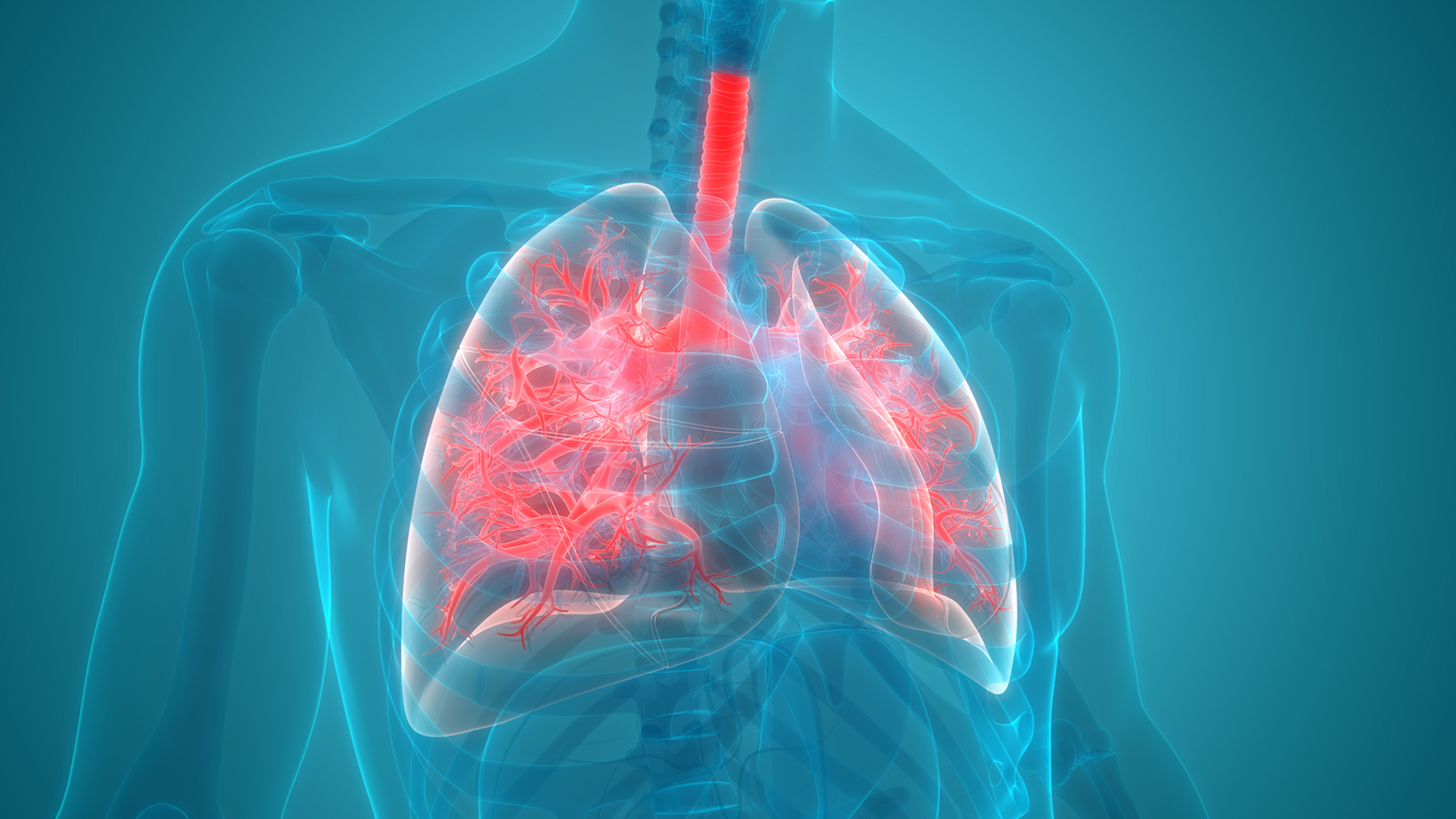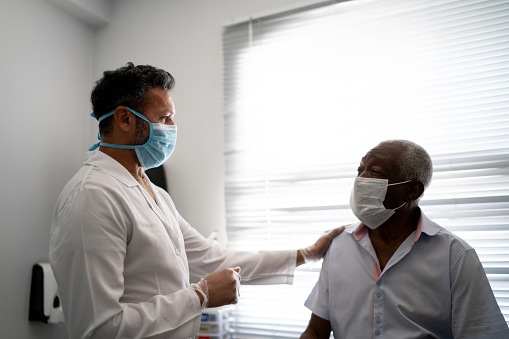A study demonstrated how lifestyle and economic status impact the progression of chronic obstructive pulmonary disease (COPD). The findings were published in Environmental Research.
Exposure to particulate matter (PM) has a deleterious effect on human health and stands as a global health concern. In this study, researchers distributed detailed questionnaire surveys pertaining to the type of lifestyle required to mitigate PM exposure. They analyzed survey responses of 104 patients with COPD, and used internet of things-based sensors, which were installed in the participants’ homes, to measure indoor PM2.5 concentration. Subsequently, the researchers assessed the impact of both PM2.5 concentration and lifestyle on COPD exacerbation.
Six practice items showed a significant difference in indoor PM2.5 concentration: checking air quality forecast (difference, -13.31±1.35 μg/m3; P=0.013), indoor air filter operated (difference, -15.43±1.32 μg/m3; P<0.001), ventilating home by opening the windows (difference, -13.14±1.28 μg/m3; P=0.013), checking filters of the air filter (difference, -13.95±1.50 μg/m3; P=0.002), refraining from going out when outside PM is high (difference, -12.52±1.37 μg/m3; P=0.039), and wearing a mask when going out (difference, -13.38±1.32 μg/m3; P=0.017).
Importantly, the researchers found that the higher the household income and economic level, the more significant the difference in the PM2.5 concentration. Patients with severe COPD exacerbation had a higher exposure time to indoor PM2.5.
“Lifestyle and economic levels can affect the indoor PM2.5 concentration, which may impact COPD exacerbation,” the researchers concluded.
Keywords: COPD, Exacerbation; Lifestyle, Particulate matter, Social environment
Link: https://www.sciencedirect.com/science/article/abs/pii/S0013935121005594









